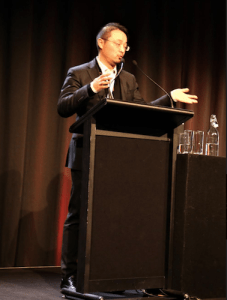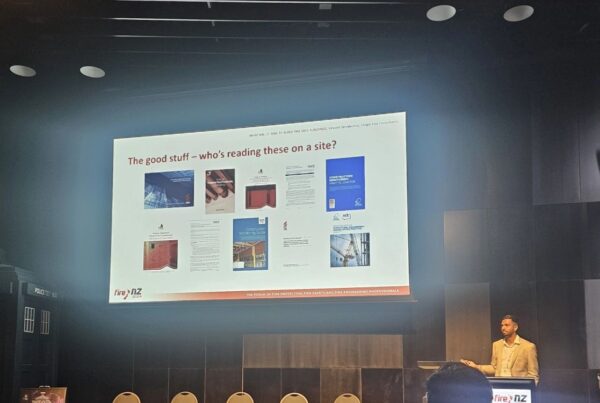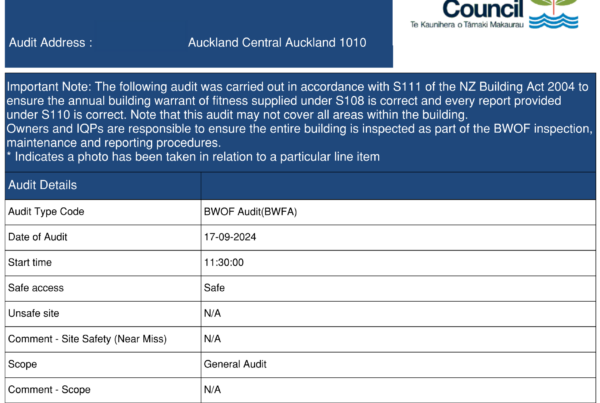On day two of FireNZ 2019 conference Origin’s Dr Alex Zhu presented on the future of project management for fire engineering.
Alex’s presentation was underpinned by reference to the PMBOK® Guide, a set of standard terminology and guidelines for project management produced by the global NFP Project Management Institute. The body of knowledge outlined in the PMBOK® Guide evolves over time and it’s presented in a book whose sixth edition was released in 2017.
 Alex referenced two projects to forward his argument for sound project management for fire engineering design and solutions from concept through initialisation, planning, execution, monitoring and controlling, and closing.
Alex referenced two projects to forward his argument for sound project management for fire engineering design and solutions from concept through initialisation, planning, execution, monitoring and controlling, and closing.
In one, a commercial/residential complex, Alex said they welcomed the project manager’s initial request to discuss two design options.
“We appreciated the opportunity to discuss two design options right up front at the start of the project. In the project planning stage, the project manager then was able to select the sprinkler option with our guidance. This formed part of the resource consent submission and later detailed fire engineering design for the building. In the latter stages of the project the project manager also commissioned us to design the fire protection and passive fire protection design for the building.”
“Throughout the project design process, we provided detailed advice on the exterior wall cladding and interior wall linings for fire safety compliance. We also arrived at an optimal layout of the fire sprinkler pipework to avoid clashes with the structure and other building services.”
Alex observed that the project manager asked the fire engineers to review the drawings of other professionals on the project to ensure that the provisions of the fire engineering report were followed.
“Since the documentation of the project was complete and thorough it made very easy for the contractors to building and for Origin to check the construction and be satisfied that the building had been built in accordance with their design. On this project the developer, the architects, project managers and the fire engineers were all satisfied with the process and the outcome.”
The other case study outlined by Alex proved to be cautionary tale.
Alex says the project’s passive fire protection strategy was a design and build approach. “During construction the passive fire materials were selected and installed by construction personnel without any design approval from the consultants. As project completion drew near we found that most of the materials for passive fire did not meet the required standards, and so the passive fire needed to be removed and reinstalled. Finally, with inadequate documentation of the project, we needed to redesign the passive fire protection in detail and this extended the project’s delivery time. No-one needs this on their projects and we feel as frustrated as the project managers when it comes to additional costs and delivery delays.”
Alex maintained total confidentiality with regards to both projects but his presentation made it clear that corner cutting, in any respect and at any stage, can result in costly reworking, last minute redesign and documentation, as well as extended delivery times.



